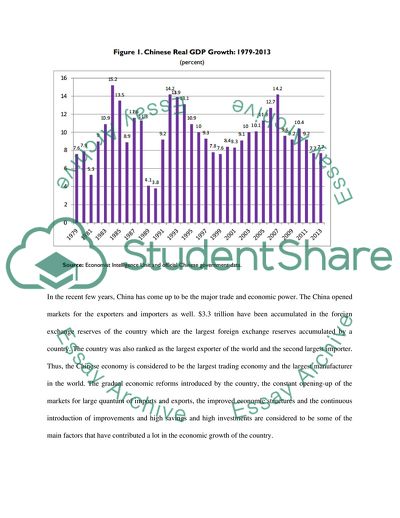Cite this document
(The rate changing effects of Chinese currency-RMB Research Paper, n.d.)
The rate changing effects of Chinese currency-RMB Research Paper. https://studentshare.org/macro-microeconomics/1819645-the-rate-changing-effects-of-chinese-currency-rmb
The rate changing effects of Chinese currency-RMB Research Paper. https://studentshare.org/macro-microeconomics/1819645-the-rate-changing-effects-of-chinese-currency-rmb
(The Rate Changing Effects of Chinese Currency-RMB Research Paper)
The Rate Changing Effects of Chinese Currency-RMB Research Paper. https://studentshare.org/macro-microeconomics/1819645-the-rate-changing-effects-of-chinese-currency-rmb.
The Rate Changing Effects of Chinese Currency-RMB Research Paper. https://studentshare.org/macro-microeconomics/1819645-the-rate-changing-effects-of-chinese-currency-rmb.
“The Rate Changing Effects of Chinese Currency-RMB Research Paper”. https://studentshare.org/macro-microeconomics/1819645-the-rate-changing-effects-of-chinese-currency-rmb.


